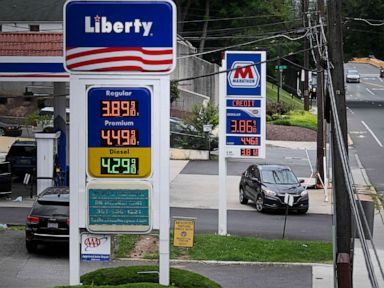



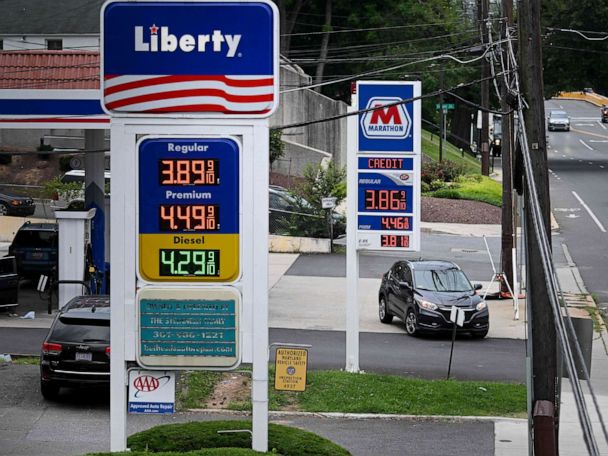
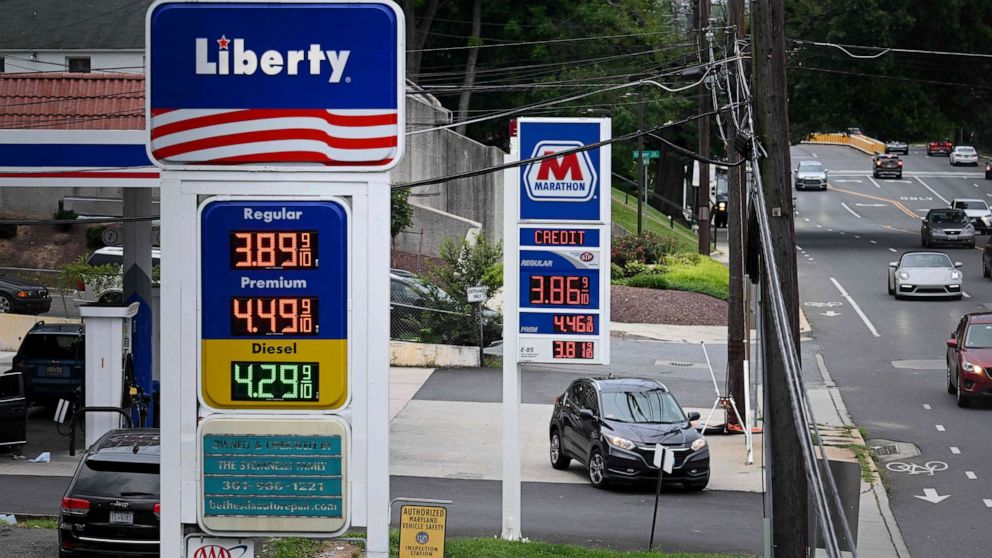
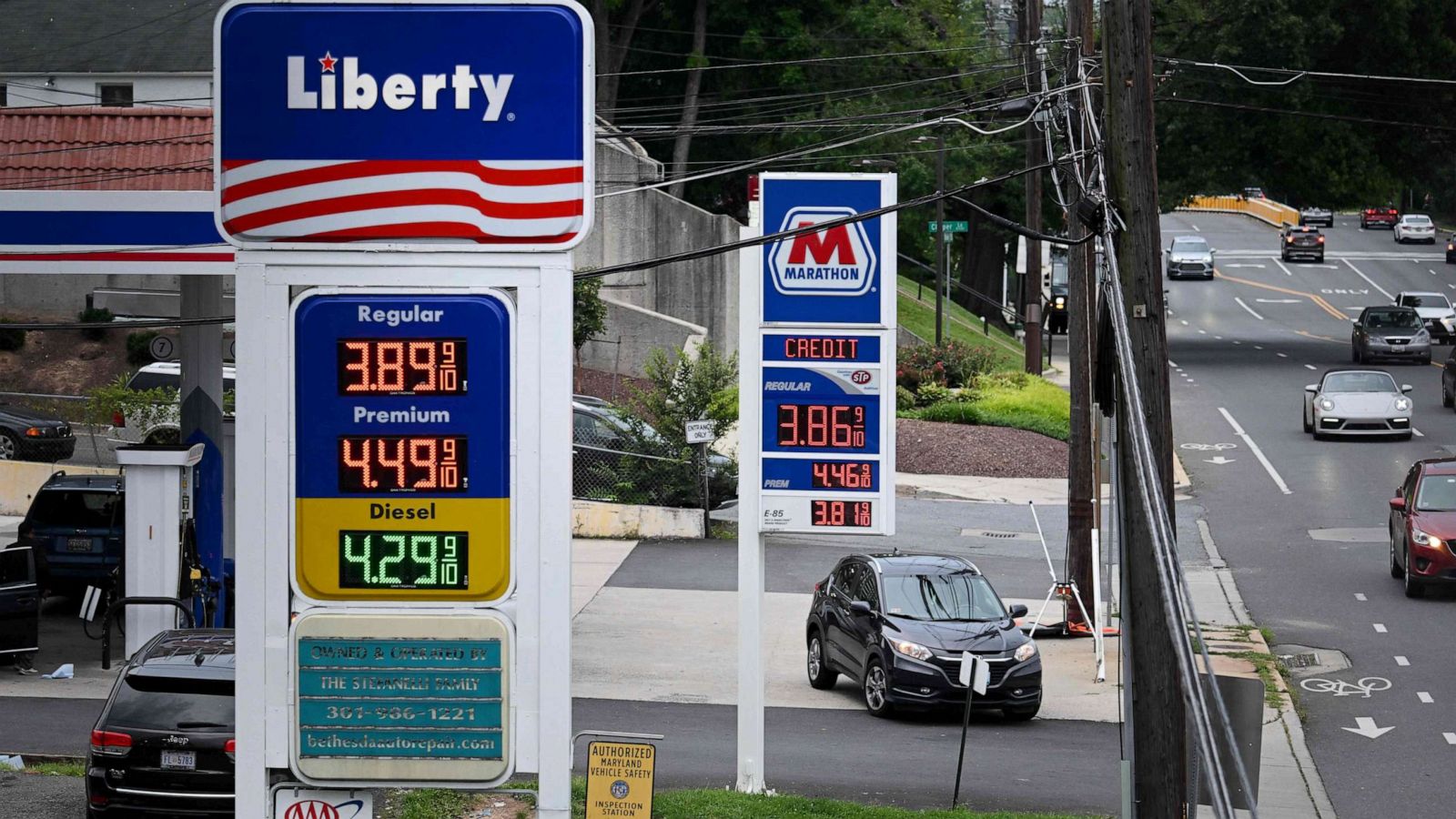
Drivers have enjoyed relief at the gas pump this summer compared with eye-popping prices a year ago, but an alarming trend has emerged in recent weeks: Prices are rising once again.
Over the past month, the average price of a gallon of gas has jumped more than 8%, surpassing $3.80, AAA data showed. In California, the state with the highest gas prices, an average gallon costs more than $5.
An output cut imposed by OPEC+ has constrained supply during the summer travel season when demand peaks, sending the price of crude oil soaring and in turn bringing sticker shock to the pump, analysts told ABC News. Meanwhile, a heat wave across the U.S. has limited domestic oil refinery capacity.
Gas prices typically fall as travel slows in the autumn months, but analysts differed over the likelihood of such an outcome amid lingering questions about OPEC+ policy and the continuing oil needs of a resilient global economy.
Here’s what to know about why gas prices are rising and when they’ll come back down, according to experts.
What is causing the rise in gas prices?
The recent spike in gas prices owes primarily to a jump in the price of crude oil, which makes up the key input cost for the gasoline that ends up in U.S. cars, analysts said.
The rising price of oil marks the intended outcome of a policy enacted by OPEC+ to limit output and tighten supply. The move has sent the price of Brent crude oil up more than 11% over the past three months.
“The single most important factor is what’s going on with crude oil,” Peter McNally, a global sector leader for industrial materials and energy at Third Bridge, told ABC News. “The market has looked ahead and sees a tighter crude oil environment.”
U.S. crude oil production, meanwhile, is set to achieve record-high output this year, the U.S. Energy Information Administration said on Tuesday. But oil prices are set on a global market, where the OPEC+ cuts cannot be offset by a comparable short-term increase in U.S. oil output.
Some analysts also pointed to a recent heat wave that has limited the ability of U.S. refineries to operate at full capacity as they turn that crude oil into gasoline.
Exacerbating the supply crunch, a spike in demand amid summer travel also has contributed to the price increase, analysts said.
“Globally, August is the peak,” Richard Joswick, head of global oil at S&P Global Commodity Insights, told ABC News.
While defying gloomy forecasts for more than a year, the resilient global economy has kept business humming and demand for oil robust, Joswick added.
“All these forecasts of a recession haven’t come true,” Joswick said.
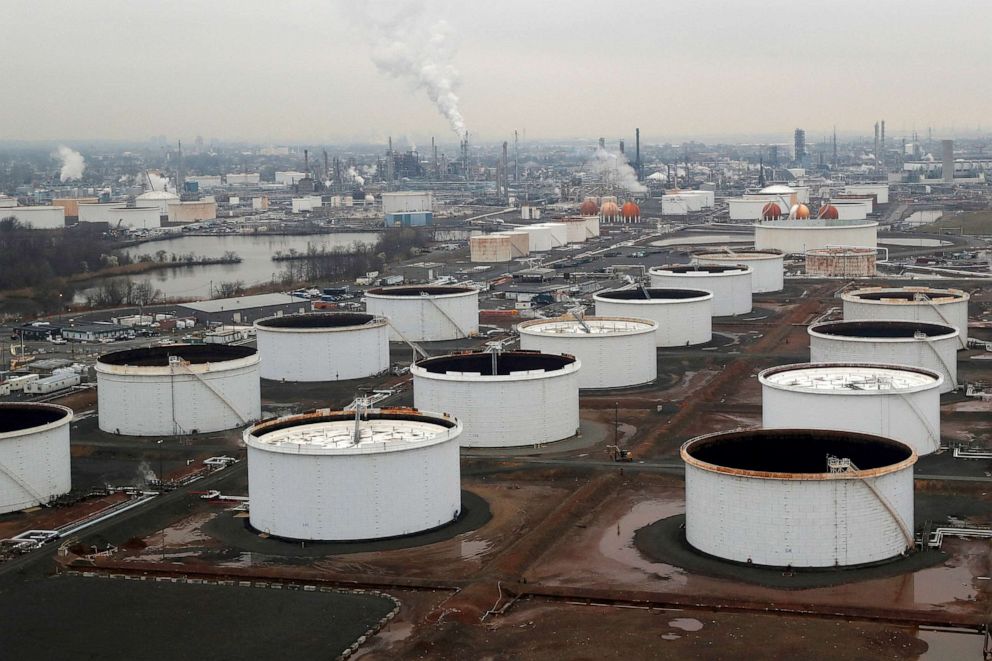
General view of oil tanks and the Bayway Refinery of Phillips 66 in Linden, New Jersey, March 30, 2020.
Mike Segar/Reuters
When will gas prices start to come down?
Gas prices typically drop in the autumn as travel settles down and demand ebbs, analysts said, but they disagreed about whether that easing of prices would come to pass this year.
Price movement will depend in large part on two hard-to-predict factors: the performance of the global economy and the policy approach undertaken by OPEC+, McNally said.
A reversal of price increases could take hold if economic activity slows and OPEC+ loosens supply restrictions, he added. Otherwise the elevated prices may persist.
Voicing pessimism about future prices, Ramanan Krishnamoorti, a professor of petroleum engineering at the University of Houston, told ABC News that he expects persistent economic growth and oil production cuts.
“Everything is pointing to upward pressure on the price of crude oil globally,” Krishnamoorti said, adding that he expects prices to remain elevated for the next six to 12 months.
In a sign of hope, the average price of a gallon of gas has remained stable for the past eight days, Andrew Gross, a spokesperson at AAA, told ABC News.
“Often with big moves either up or down, there will be a period of price stability before the national average begins to head in the opposite direction,” Gross said. “In this case, that will likely be lower.”
Joswick, of S&P Global Commodity Insights, said he expects prices to remain at current levels for the next four weeks but begin to come down in the latter half of September or October. He cited a slowdown in demand and a gradual easing of supply shortages.
The eventual decline of prices, however, requires the absence of a disruptive event, such as a major storm that damages infrastructure, he added.
“The wild card is a hurricane threat,” Joswick said. “If a hurricane comes barreling in and hits the U.S. gulf coast, prices will spike.”
